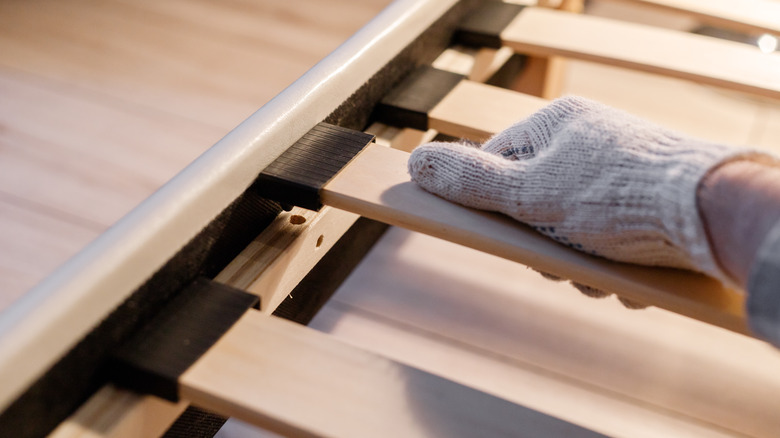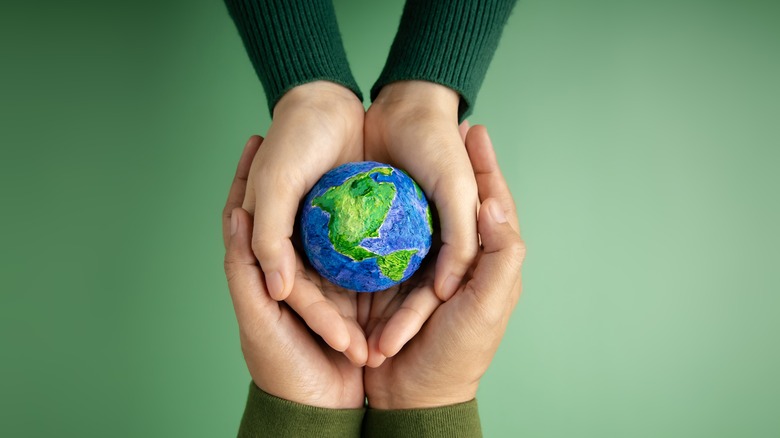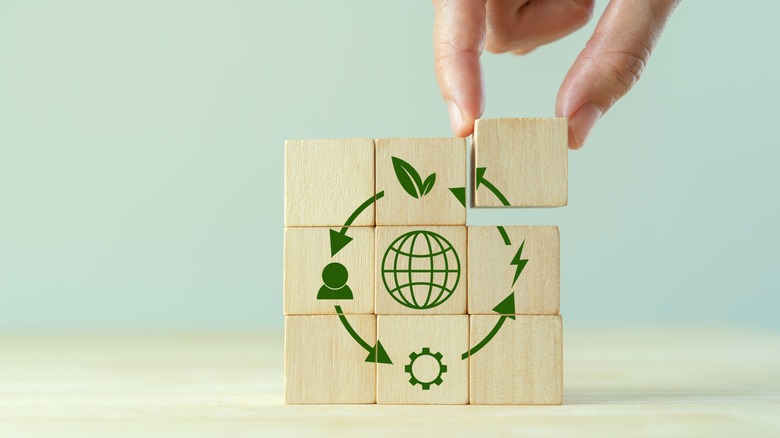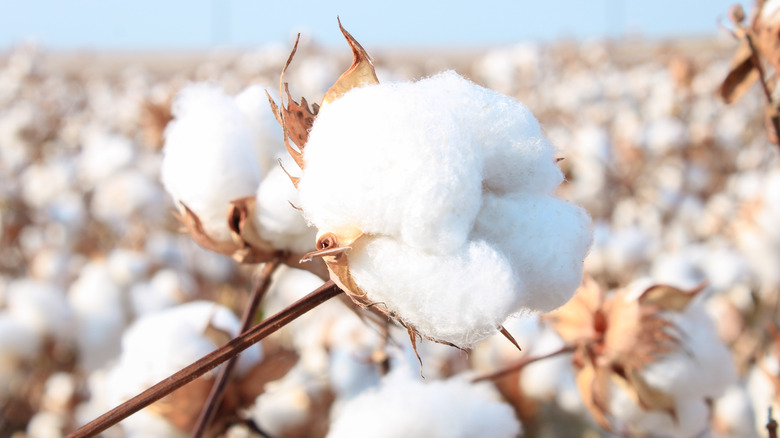Is IKEA A Socially Responsible Company?
Many people know IKEA for its quality, assembly-required furniture, unique retail store outlets, and Swedish meatballs served in the onsite eatery. While the company may seem to be focused heavily on customer service, they, like many other organizations, are also focusing some energy on social responsibility. Investopedia sums up social responsibility as a strategy businesses use to ensure what they are doing, producing, or selling is beneficial to society and does not harm the environment. It's a way of operating not just with a focus on profit but also on how they can impact the world around them, including through charitable giving, being good stewards of the planet, and engaging in operational practices that support diversity and inclusion.
IKEA, like many organizations, is working on sustainability and socially responsible changes, but how well are they doing? Take a closer look at some of the efforts in place to make your own decision.
IKEA's people-focused efforts for 2030
From the outside looking in, IKEA seems to be a customer-focused company, but when it comes to people and society, there's more to see. According to IKEA, a component of its social responsibility focus is to help inspire and support at least one billion people as they take steps to improve the quality of their lives while also meeting the demands of a healthy planet. Finding this unique balance is important for a company that produces large amounts of furniture and has locations 474 locations around the world.
The company lays out three areas of focus for its 2030 goals. To achieve improvement, they are focusing on creating more sustainable living practices, developing a more circular environment to reduce the impact on the planet, and creating a workforce that focuses on fair and equal treatment of employees. With a focus on impacting so many people, these planned changes and upgrades are far-reaching.
A circular approach
One of the core components of the company's efforts is to develop a more circular business. According to The Ethical Home Edit, to do that, IKEA is focusing on various ways to refine operations and reduce waste. That includes finding ways to reuse and repurpose materials and increasing its efforts in recycling materials. This may mean big changes to how it operates when selling products.
For example, to reuse or even resell products, the company plans to buy back items, repair them, and then resell them. There's no word on that yet in the U.S., but IKEA Retail Japan is working on a concept where they provide an in-store voucher for those customers who bring back items they don't want so they can be resold. This is a solid example of how a circular economy can work for the company but may take a lot of work to pull off around the globe.
Incorporating sustainability
IKEA is working on other efforts to increase sustainability, too. There are various examples of this, such as the company's move to use 100% sustainable cotton in its linens and other products. The Uzbek Cotton Pledge is one move towards this, as the company pulled away from using cotton from Uzbekistan because of its use of forced labor in harvesting those materials. They also promised to ditch all traditional plastic in their stores and instead use renewable plastics that can be kept out of landfills.
There are some reports of less-than-desirable efforts, such as an NBC News report that shows IKEA used wood from Russia's protected forests in some of its products. Making changes to its wood production and choices is already on the company's radar as it promised to turn to bamboo for more of its needs, according to IKEA's sustainability mission. There's no doubt there's room to improve, and 2030 is still some time away, but IKEA's efforts to date are promising.



